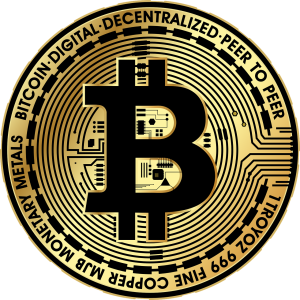Initial Coin Offerings – A Deep Dive
Initial Coin Offerings (ICOs) are the crypto equivalent of the Initial Public Offerings (IPOs) for equities wherein a new digital currency is made available on the secondary market. In recent times, there has been a spurt of IPOs globally as start-ups look to go public in an economy which is gradually getting back to pre-pandemic levels. There has also been a huge rise in the number of ICOs, however this development has been met with considerable trepidation. Are ICOs really signs of an economic bubble? Do they look to disrupt venture capital to fund development? To answer these questions, it is necessary to understand the nuts and bolts of ICOs; these will be discussed in this blog.
Difference between IPO and ICO
Let’s distinguish between “coins” and “tokens” in the context of cryptocurrency. A coin is a unit of value native to a blockchain whereas a token is a functionality which is created on top of the cryptocurrency protocol. The majority of ICOs in the market today are sale of tokens as per the ERC-20 token standard; hence the term ‘token sale’ may be considered more appropriate than ICOs.
In an ICO, the offering company sells tokens to stakeholders in the product ecosystem, and the stakeholders use the tokens to interact with the product and store them on secure cold wallet collectibles. While both IPOs and ICOs offer something (shares vs. crypto tokens), the key difference is in an ICO, the token provides utility to any purchaser in the token sale. The token is sold as a means to incentivize new product users and to augment technology utility – however it does not represent an ownership interest in the ongoing enterprise (like an IPO). The token purchaser gains “product value” as opposed to “cash value” and these tokens can be exchanged freely and traded for other cryptocurrencies or fiat if required.
ICO Ecosystem – Players and Features
In a token sale, there are two types of buyers as follows: –
- Stakeholders: These are the primary buyers in a token sale and stakeholders in the product ecosystem gain true utility by purchasing tokens.
- Speculators – Speculators are not part of the product ecosystem and purchase tokens expecting the token value to rise. They will then sell the token to other stakeholders and speculators at a higher price, thereby gaining cash value.
Major features of an ICO include a cap on the amount of money to be raised, time limit on the token sale, transparency of the total number of tokens in circulation and in sale and a clear token value.
Risks and considerations
It is an exciting time to be a part of the ICO journey, however some risks and challenges are observed as the market matures. A key challenge is the strain created on the crypto network (e.g., Ethereum) as the volume of token sales increases. This can create congestion in the number of transactions on the network which can lead to issues like delayed distribution of tokens, price volatility and high transaction fees. Liquidity and transparency are required to be upheld in token sale transactions. Safe crypto storage is also a key consideration in this regard.
Holding a token does not imply any “say” or voting power in the offering company and there is no right to refund upon purchasing a token based on performance or other criteria. There are also tax considerations for stakeholders and speculators in the context of token sales. Regulatory guidelines should also be a major consideration for ICOs going forward.
Closing Comments
Currently, ICOs are probably in the middle of a bubble but even considering all headwinds, it appears that they provide a viable mechanism for companies to build product ecosystems efficiently and sustainably. A prospective buyer should perform required due diligence on product, company background etc. before entering into an ICO. In any case, exciting times are ahead for ICOs and new developments are eagerly awaited in this space.





